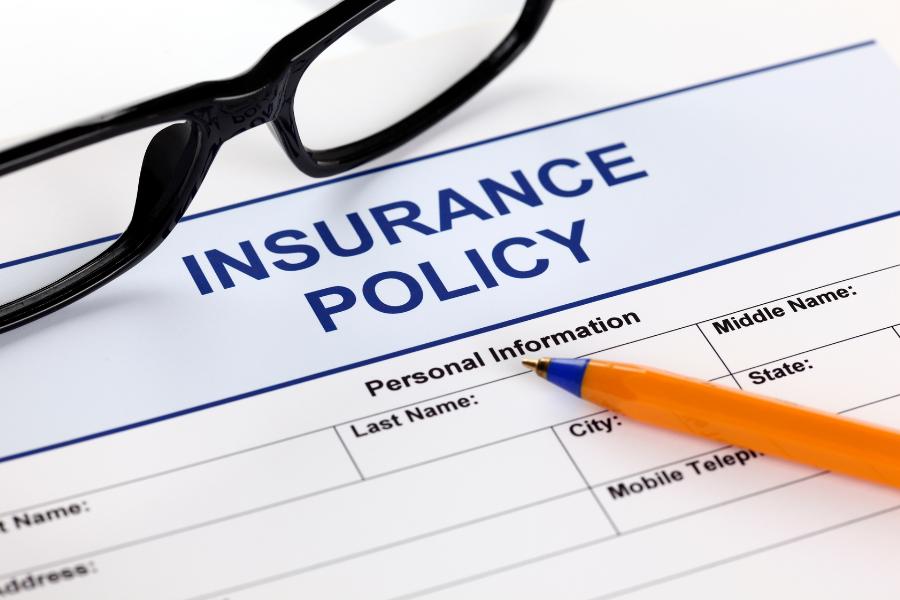In this article, we will walk you through the process of how to get an SBA restaurant loan, including creating a business plan, evaluating your business needs, considering loan options and your eligibility, and preparing your application for better odds of approval. Getting an SBA loan for restaurants can help a business secure favorable rates and low monthly payments when compared with other financing options.
An SBA loan can be used to start a new restaurant, acquire an existing business, or obtain funding for other business-related expenses. That said, restaurants can be considered a high-risk investment to lenders, so getting approved for one can sometimes be difficult.
Step 1: Create a Business Plan
A business plan is a document that summarizes the key aspects of your business and how it intends to achieve its goals. No standard format exists, but these documents commonly cover basic company and management details, financial projections, marketing plans, sales strategies, competitor analysis, product or service details, and more. This document is typically required as part of an SBA loan application.
There is no standard format you have to follow when creating your business plan, but it can also serve as a helpful tool for yourself to ensure that no critical aspects of your business have been overlooked.
Additional items to consider that are specific to the restaurant industry can include the following:
- Historical trends for customer food preferences
- Revenue and expenses of comparable restaurants in the same area
- Marketing and sales strategies of competitors
- Customer reviews and ratings of competitors
- Economic factors impacting customer foot traffic
Step 2: Determine Your Funding Needs & Its Purpose
When planning your application, you’ll need to consider how much funding you’ll need to request. It’s important to factor in all potential business expenses so that you can plan accordingly and cover all of your business needs. Consider what the expected return on investment will be and your alternatives should it not go according to plan. Depending on your intended use of the funds, you should have an idea of what a successful outcome looks like.
Overestimating your funding needs can be detrimental, as it may make it more difficult to get approved for a business loan. Even if approved, you may not have qualified for the best interest rates, which can negatively impact your cash flow. In turn, underestimating your funding needs can have similar challenges. Without the ability to fully fund your intended business project, you may not get a large enough return on your investment. Be sure to consider these carefully, and only request what you need.
Step 3: Consider Your Loan Options
It’s important to note that the SBA doesn’t offer SBA restaurant loans specifically. There are various loan programs that are applicable to restaurants, each with varying terms and allowable uses. The best one for you will largely depend on your business needs and how you’ll use the loan proceeds.
Below, we’ve provided a summary of the common types of SBA loans and what they may be best used for.
- SBA 7(a) loan: This is the most common type of loan offered by the SBA and allows funds to be used for a wide range of business purposes. Some examples include working capital, acquisition of equipment, purchase of real estate, construction costs, refinancing debt, or acquiring a new business.
- SBA CDC/504 loan: This is issued through Certified Development Companies (CDCs). It is designed to provide long-term financing for assets that generate growth or additional employment. Some examples include land, buildings, machinery, and equipment.
- SBA Microloan: You can get up to $50,000 with an SBA microloan, so it can be a great choice if you don’t need much funding. Allowable uses include most business-related expenses that help your company expand.
- SBA CAPLines: This is a revolving credit line that can be useful for covering recurring or seasonal shortages in cash flow.
Step 4: Determine Your Eligibility
Once you’ve determined which loan program is best suited for your business needs, it’s important to consider the necessary qualification requirements posed by both the SBA and the participating lender. Such criteria will vary depending on loan type and lender, but they can generally be broken down into the various categories below.
Step 5: Gather Commonly Requested Items
There are various items that are commonly requested as part of getting an SBA loan. To supplement your loan application, you’ll likely need to provide additional credit information and financial documents pertaining to your business. By preparing this information ahead of time, you can streamline the application process and get access to funds more quickly.
Below is a list of documents that are commonly required by lenders:
- Two to three years of personal and business tax returns
- Year-to-date profit-and-loss statements
- Year-to-date cash flow statement
- Year-to-date balance sheet
- Most recent three months of business bank statements
- Copies of business licenses and professional certifications
Step 6: Find a Lender & Submit an Application
While SBA loans are backed by the government, they’re issued by SBA-designated participating lenders. This can include banks, credit unions, loan brokers, and online lenders. To start your search, you can view our list of the best SBA lenders.
To help you choose the best SBA restaurant loan for your business, you can ask potential lenders some of the following questions:
- What types of loans do you offer?
- Do you have experience funding restaurant loans?
- What are your rates, loan terms, and fees?
- What does the application process look like, and what paperwork will you need from me?
- How long does it take to get approved and funded?
- Is there a prepayment penalty?
Once you’ve found a lender, you can prepare to submit a formal loan application. Many lenders allow this to be done online. From start to finish, you should expect the underwriting and disbursement process to take one to three months. Be sure to also check out our guide on how to get a small business loan to improve your approval odds.
Pros & Cons of SBA Loans
| PROS | CONS |
|---|---|
| Can offer competitive interest rates in comparison with other business loans | Can be difficult for newer businesses with limited resources to qualify |
| Has a variety of loan programs applicable to differing business needs | Can require a lot of paperwork as part of the application |
| Can provide large loan amounts and long repayment terms | Can often take longer to receive funding than other loan types |
Alternatives to an SBA Loan
For borrowers who don’t qualify for an SBA loan or are simply exploring all of their financing options, there are a few alternatives you can consider:
- Rollover for business startups (ROBS): A ROBS allows you to access your retirement account tax- and penalty-free. It’s not a loan, so you won’t have monthly payments or interest expenses. You’ll typically need a minimum investment of $50,000, and we recommend choosing a company from our list of the leading ROBS providers to walk you through the process.
- Small business line of credit: As a revolving credit facility, a small business credit line allows you to draw funds that can then be deposited into a bank account of your choice. Credit limits are generally higher than credit cards, making them a better fit for larger business expenses. See our top-recommended business credit lines for options.
- Small business credit card: You can get a business credit card within a few days, and it’s an ideal fit for small and recurring expenses since funds have limited restrictions. Some credit cards also have a rewards program in the form of cash back to help reduce the effective cost of your business. For a place to start, check out our roundup of the best small business credit cards.
- Equipment financing: If you need machinery or other business-related equipment for your restaurant, an equipment loan can provide the necessary funding. Or, you can lease the equipment instead if you aren’t looking to own the asset. See our picks for the top equipment financing companies.
Frequently Asked Questions (FAQs)
While not specific to financing restaurants, SBA loans can be used to open a new restaurant business, provide new services, update fixtures or perform renovations, grow your team, or keep up with seasonal changes in business. Depending on your business needs, a business loan provided by the SBA can provide for a variety of uses.
Since SBA loans are backed by the government, they can have various requirements and restrictions that can make them difficult to get. It’s not necessarily hard to get one—you’ll just have to meet the minimum eligibility criteria and provide more paperwork than you would in comparison with business loans provided by other lenders.
The process of applying for an SBA can be lengthy. There’s a good amount of paperwork involved with facilitating a loan, which can delay funding in some cases. Generally, you can expect to receive funds anywhere from one to three months.
Bottom Line
Getting an SBA loan for your restaurant can offer competitive rates and large loan amounts. For restaurant owners looking to obtain funding, you’ll generally need strong credit and financial history. Keep in mind that SBA loans can take longer than other business loans, so be sure to explore all of your financing options before proceeding if you need quick access to funds.


